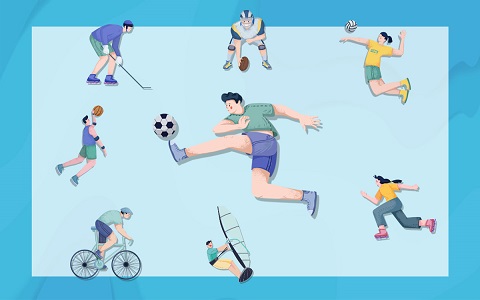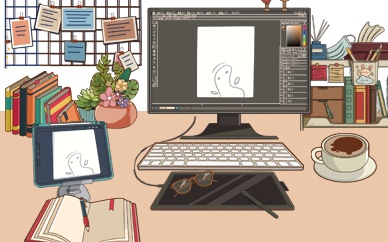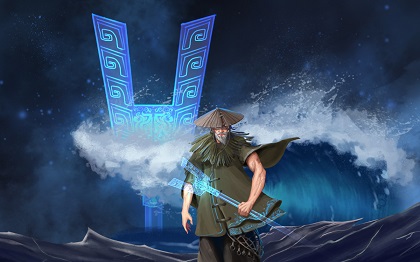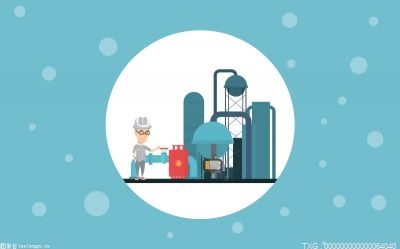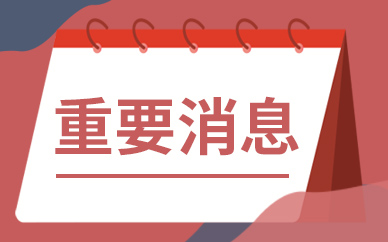 (资料图)
(资料图)
BEIJING, July 18 (TMTPOST)— Chinese telecom giant Huawei is accelerating its expansion to auto industry, though not making vehicles directly.
Source: Visual China
Huawei launched an application named Petal Chuxing, functioning as an aggregator of ride-hailing services, The Economic Observer reported on Monday. An industry insider told the Chinese economic newspaper that the business model that Huawei adopted was very similar to Alibaba’s Amap and Meituan’s ride-sharing app. However, the app has only two partners Shouqi Yueche, also known as Shouqi Limousine & Chauffeur, and Shenzhou Zhuanche, since it is now under the test and its trial services are just available in three Chinese cities including Beijing, Shenzhen and Nanjing, the newspaper noted. And it found drivers in Beijing had not heard of Petal Chuxing yet even though Huawei had unveiled the app on July 8.
Huawei, Shouqi Yueche and Shenzhou Zhuanche didn’t respond on inquires about any detail of the ridesharing platform or related partnership.
Prior to birth of Petal Chuxing, the market focuses more on Huawei’s development of high-precision maps than ride-sharing, people in the industry noted. He pointed out the navigation that app offered came from Petal Maps, an in-built map app that Huawei in October, 2020.
Targeting markets outside China, Petal Maps has increased its service scope to more than 28 million users in over 160 countries in less than two years. In the start of this month, the app got updated with new features such as lighting effects on Dark Mode, 3D landmarks, and more using sophisticated technology such as fine-grained rendering.
Huawei has applied Petal Maps to Aito M7, an electric vehicle (EV) model released two weeks ago. The model is a six-seat luxury SUV starting at RMB319,800 (US$47,737). It is the second production vehicle featuring Huawei’s operating system HarmonryOS for cars under Aito, a brand jointly developed by Huawei and Chongqing Sokon"s brand Seres. The model was said to receive more than 10,000 pre-orders within two hours on the launch day July, 4.


























